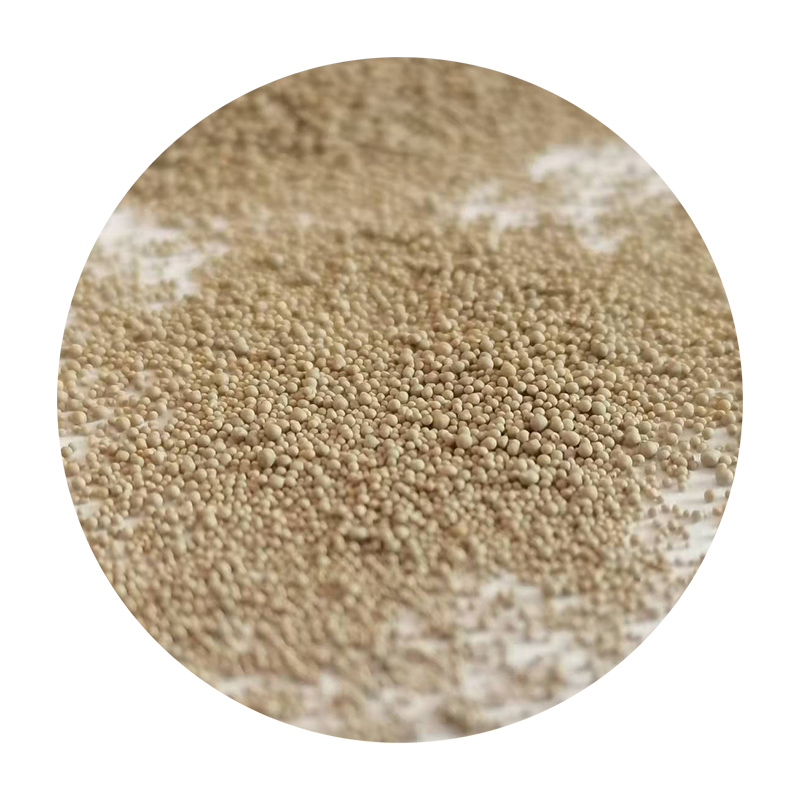The Versatility of Ceramic Sanding Discs in Modern Sanding Applications
Sanding is a critical process in various industries, playing a vital role in material preparation and finishing. Among the myriad types of sanding discs available, ceramic sanding discs have gained significant attention due to their exceptional performance and durability. These discs are increasingly being adopted in automotive, woodworking, and metalworking applications due to their effectiveness in handling tough materials.
Ceramic sanding discs are crafted using advanced ceramic grain technology. This specialized grain is engineered to provide a longer lifespan compared to traditional sanding materials such as aluminum oxide or silicon carbide. The unique structure of ceramic particles not only enhances cutting efficiency but also generates a self-sharpening effect. As the disc wears down, new edges are exposed, maintaining cutting power and reducing the frequency of disc changes. This characteristic is particularly advantageous in high-production environments, where downtime can significantly affect productivity.
One of the most appealing features of ceramic sanding discs is their versatility. They are suitable for a wide range of applications, including drywall sanding, paint removal, and surface preparation for welding. This adaptability makes them a popular choice among professionals who often encounter different materials and surfaces. Whether tackling wood, metal, or composites, ceramic discs manage to deliver consistent results with reduced loading, ensuring smooth finishes without the risk of damaging the substrate.
ceramic sanding discs

Another significant benefit of ceramic sanding discs is their efficiency in heat management. The design of these discs promotes better airflow during sanding, which helps dissipate heat generated through friction. Excessive heat can lead to disc degradation and potentially harm the workpiece. With ceramic discs, users can expect not only longer life but also a reduced chance of burning through the materials they are working on, thereby improving overall project quality.
Furthermore, ceramic sanding discs come in various grit sizes to meet different sanding needs. Coarse grits are suitable for rapid material removal, while finer grits are ideal for achieving smooth finishes. This range allows users to select the perfect grit for their specific tasks, enhancing both efficiency and results. Additionally, the discs are compatible with various sanding tools, including orbital sanders, belt sanders, and angle grinders, making them a practical choice for any workshop.
Environmental considerations are increasingly becoming important in manufacturing and construction. Ceramic sanding discs contribute to sustainability efforts by offering longer service life, thus reducing waste. Fewer disc changes mean that less material is consumed over time, which aligns with the growing demand for eco-friendly practices in the industry. Users can appreciate the dual benefit of enhanced performance while also contributing to reduced environmental impact.
In conclusion, ceramic sanding discs stand out as a superior choice for various sanding applications due to their durability, efficiency, and versatility. They provide a solution that meets the high demands of contemporary industries, allowing professionals to work smarter and achieve superior finishes. With an impressive lifespan, effective heat management, and adaptability to different materials, ceramic sanding discs are poised to remain a staple in sanding technology. As industries continue to evolve, embracing innovative tools like ceramic discs will be essential for maintaining competitive advantages in efficiency and quality. Adopting these advanced sanding solutions not only streamlines processes but also ensures that results consistently meet the high standards of craftsmanship and performance that modern customers expect.
Post time:دسمبر . 04, 2024 19:05
Next:Innovative Approaches to Lost-Foam Casting for Enhanced Foundry Efficiency and Quality
